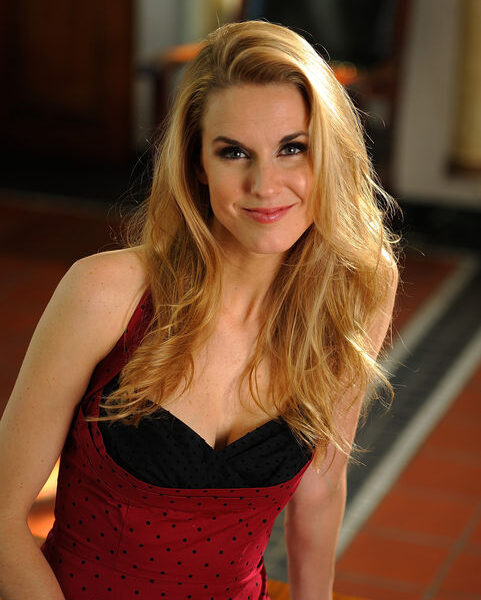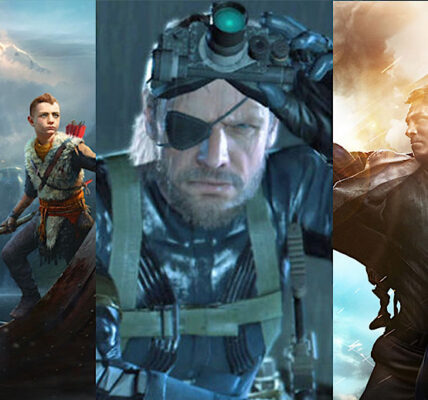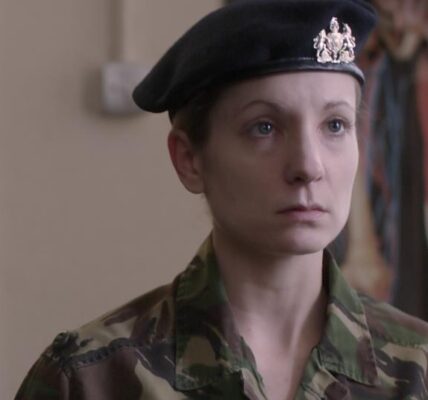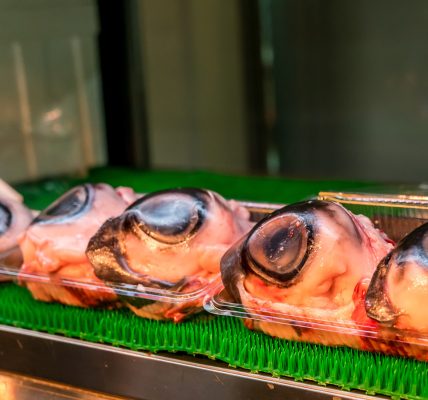Through working on her brother’s student films, Beth Mickle met directors Ryan Fleck and Anna Boden and, at the age of 22, was working as the chief production designer on the Oscar-nominated Half Nelson. She obviously made an impression on Ryan Gosling because, at his bidding, she got the job to design Drive, Nicolas Winding Refn’s new Gosling vehicle — one of the most visually-exciting American noirs you’re ever likely to see…
How did the job on Drive first come about?
I was just sitting in New York on Friday and got a phone call saying Ryan [Gosling] was in this film in LA with this Danish director and they were looking for a production designer to start immediately. The film had just been green-lit. I had a conference call with Nicolas [Winding Refn] on Saturday and flew to LA on Monday and just started working. I had just closed on my first house on the East Coast on the Thursday so it had happened out of nowhere! Nicolas is so original; everything about him is unexpected. Whenever anyone would suggest anything he would always want a more creative idea, a more original idea, a more interesting angle. I’ve never had a director who pushed the most interesting thing out of you like that.
What were the challenges of designing the film, considering large parts of it are confined to the inside of a car?
For the exteriors, there was a lot of location scouting through the windows of the car — we had lots of shots of downtown LA or the industrial area or the financial area, which is kind of a ghost town at night. So we found these iconic places which aren’t exactly highlighted in LA movies so often. You usually get a set in Beverly Hills or Santa Monica; Nicolas really wanted to show a portion of LA that isn’t shown that much in films.
For the interiors, which are where all the violence takes place, we wanted to make it almost hyper-stylised, which is a totally new thing for me. Most of Ryan Fleck and Anna Boden’s films have been based on realism and naturalism, and after Half Nelson I got so many scripts for these coming-of-age stories in Brooklyn poverty! This was completely new for me. Nicolas wanted bright, primary colours and everything to be really sharp. So we picked wallpapers that had really fun patterns, and carpeting that was really vibrant. We used lot of strong contrasts and italics.
What was your jumping-off point for designing the film?
It all starts with the script, and I get a sense for the style through that. And then the initial conversations with the director to gauge which direction they want to take it. Most directors usually have a strong idea of what they want the film to look like — they reference other images and films, and Nicolas was absolutely prepared. He handed over a whole bunch of French new-wave films with these really interesting colour palettes.
I worked very closely with the DP, Newton Thomas Sigel. We tried to see as many of the locations as possible, to work out which would be the best canvas to work on. We pulled together about 500 reference images that expressed the tone and mood of the film and lighting styles and colour palette. So Carey Mulligan’s flat was going to be sweet but low-grade, and Ryan Gosling’s apartment would be empty and with a lot of very cool colours.
How is technology and post-production impacting on the art of production design?
On the one hand it’s such a helpful tool. Whereas at one time we would spend weeks and thousands of dollars trying to cover a sign that we could see in a shot or make a new sign we wanted, now we just look at the wall and say we’ll it sort it in post. Actually in It’s Kind of a Funny Story, that was one of the first times I’d worked with CGI, and it made my life so much easier being able to know that I could just pass the design over. I would just draw it or do a Photoshop and pass it over to the editors. It makes very simple things, like being able to see out of a window, a lot easier than before.
On the other hand it’s quite an eye-opening thing for everyone in the production design world, because you can get pretty much anything done with CGI these days and that process has become cheaper to do. And so that means there isn’t the need as there was once for half the crew in 10 or 20 years. Art departments are going to get smaller and smaller, which is a really scary thing.
Is the passing of that era something to be mourned, massive, tangible sets that remain beyond the life of the film?
I feel OK about it because I think films are going to become so much more visually enthralling. I was actually a big fan of Avatar. To be honest, I didn’t want to like it, because I didn’t want to give in to not doing things organically and I didn’t want sets not to be built. But my jaw was on the floor because you’re just transported into such a different world, and that’s something we’d never be able to do physically with our hands. So this new era is something to be embraced and be excited about. But a film like Where the Wild Things Are, where they built the puppets and built a large part of the world they lived in, then went in and animated certain sequences. A lot of it remained organic, and I think that showed. I loved Avatar, but you could tell that a lot of it was animated and that takes away from the reality. The perfect model, I think, is to blend the two. •










